Europe's semiconductor industry has been struggling to keep pace with the rapid advancements in the field, with the continent's share of the global market dwindling to around 10% in recent years. However, a recent surge in demand for tech sovereignty and the near-monopoly on lithography technology held by European companies may be giving the continent a glimmer of hope in the chip war.
According to a report by the European Commission, the continent's semiconductor industry has been hindered by a lack of investment, with venture capital funding for European startups averaging around $2 billion annually, compared to $20 billion in the United States. Labor laws and regulations have also been cited as a major obstacle, with many European countries imposing strict rules on working hours, wages, and benefits.
Despite these challenges, European companies such as ASML Holding NV, a Dutch-based leader in lithography technology, have been making significant strides in recent years. ASML's market capitalization has more than doubled in the past five years, reaching over $200 billion, and the company has become a key player in the global semiconductor supply chain.
The rise of tech nationalism has also been a major driver of demand for European semiconductor production. Countries such as China and the United States have been imposing strict trade restrictions on the importation of semiconductors, leading to a surge in demand for locally produced chips. European companies such as Infineon Technologies AG and STMicroelectronics NV have been well-positioned to capitalize on this trend, with both companies reporting significant increases in revenue in recent quarters.
However, while European companies may be gaining ground in the chip war, they still face significant challenges in terms of investment and talent. The European Commission has estimated that the continent's semiconductor industry will require an additional $50 billion in investment over the next five years to remain competitive. Additionally, many European countries are struggling to attract top talent in the field, with the continent's share of global engineering graduates dwindling to around 5% in recent years.
Looking ahead, the future outlook for Europe's semiconductor industry remains uncertain. While the continent's near-monopoly on lithography technology and rising demand for tech sovereignty may give it a competitive edge, the industry's lack of investment and talent will need to be addressed in order for Europe to remain a major player in the chip war. As the global semiconductor market continues to evolve, it remains to be seen whether Europe can catch up with the likes of the United States and China, or whether it will be left behind in the dust.
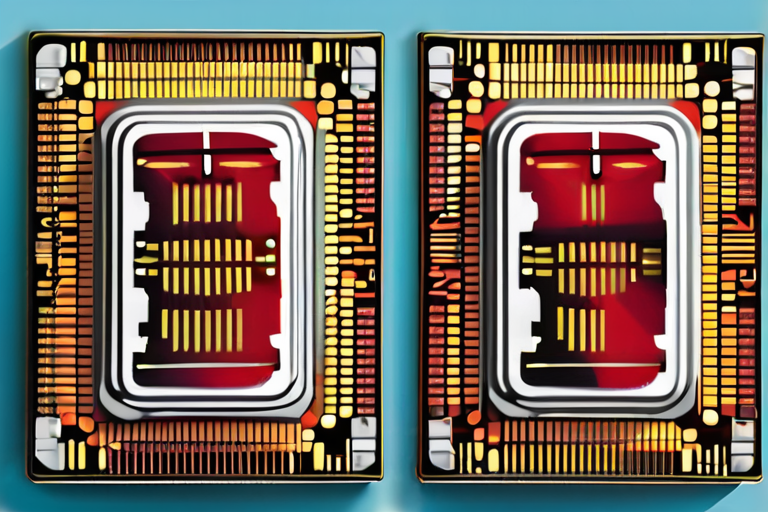




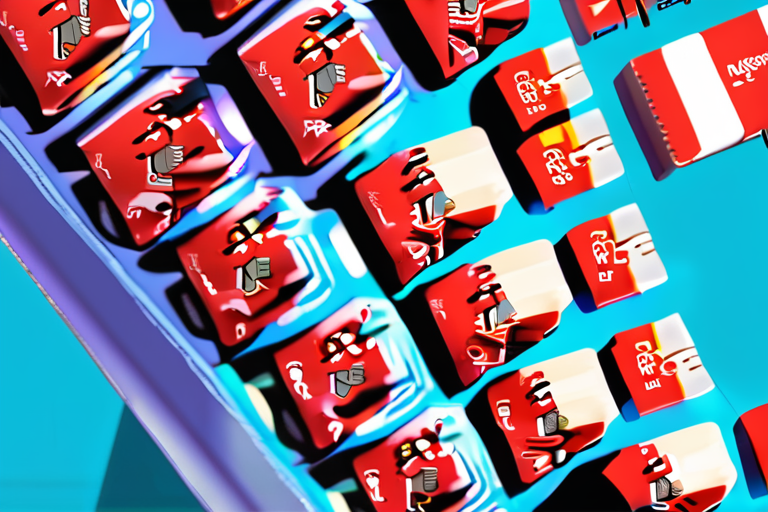


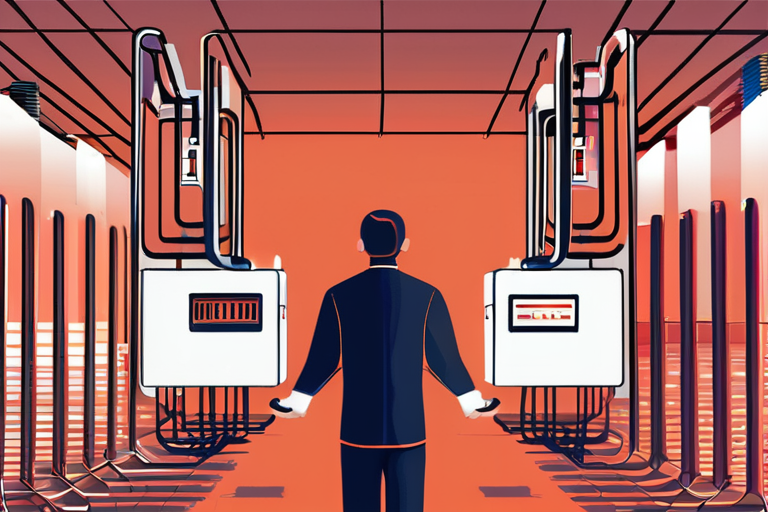








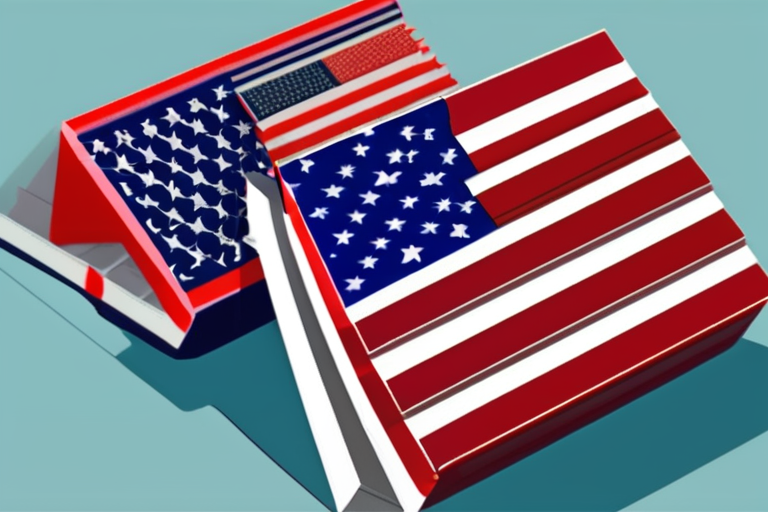


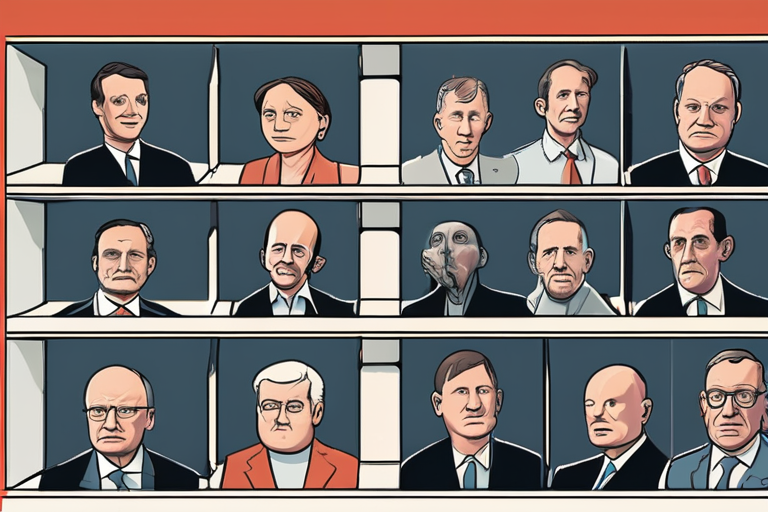


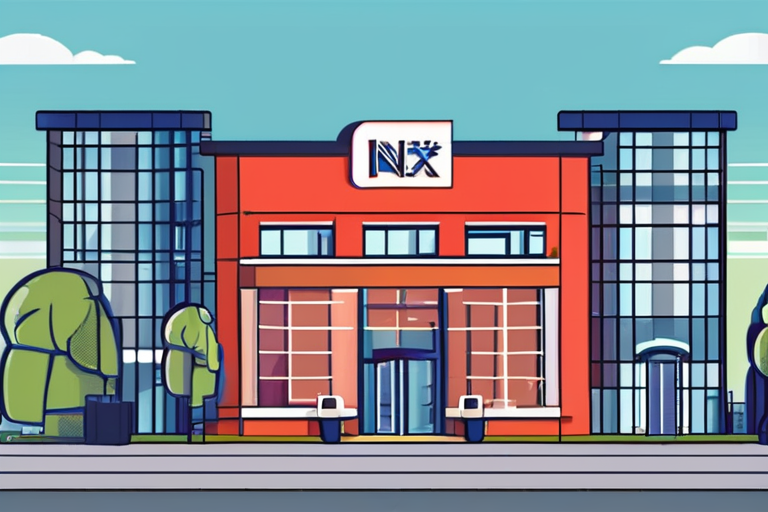



Share & Engage Share
Share this article